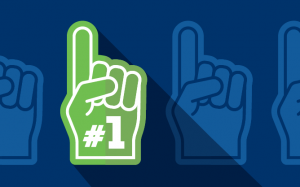Inspire
The Rewarding Business of Promoting Hope

With insight and empathy, we help rare disease brands reach, educate, and engage
Marketers and agency partners tackling the intricate challenges of pharma brand marketing know it’s an endeavor that often embodies the promise of life-changing treatments for those in dire need. Nowhere is this promise more palpable than in the quest to reach, educate, and engage people who are living with rare diseases. These conditions, despite being characterized by their scarcity, represent a substantial community of individuals searching not just for medicine, but for the hope of a better quality of life.
In this article, we mark Rare Disease Day 2024 by sharing the challenges and opportunities that make marketing rare and orphan brands so unique, interesting, and—most of all—rewarding. In our view, speaking to these medical ‘zebras,’ as many proudly refer to themselves, is a special calling that demands specialized expertise, creative innovation, and committed partners.
The search for the unseen
People who are living with a rare disease are often a needle in a haystack, hidden by the complexity of their symptoms and experiences amongst more than 7,000 rare conditions (and counting). In this fragmented landscape, finding such patients is an artful challenge, one that requires precision-targeted marketing and creative outreach strategies.

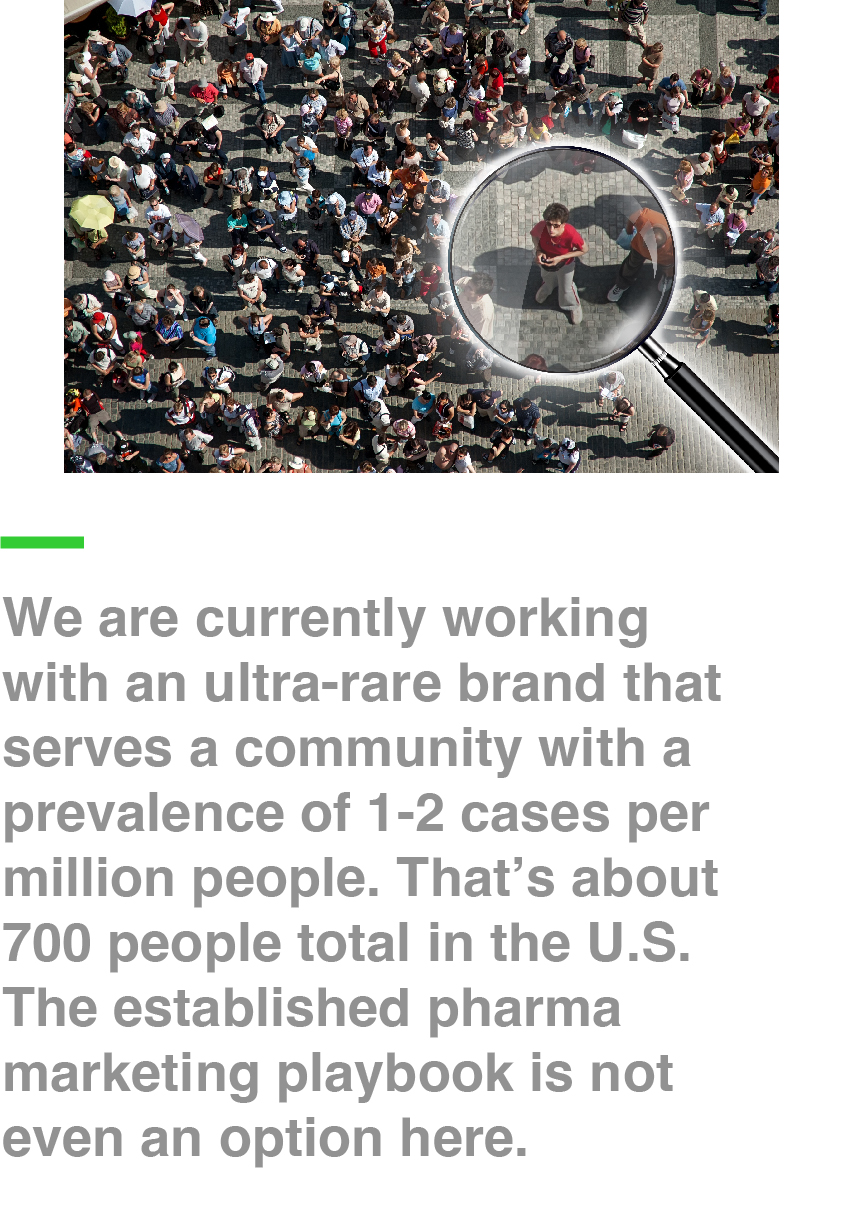
Targeting complexity
Contrary to the conventional pharma playbook for finding and reaching people living with more common conditions, the rare disease patient profile defies conventional segmentation approaches. Herein lies the essence of the challenge—a rarity compounded by complexity. It demands a marketing approach that is not only specialized but also attuned to understanding the psyche and needs of a patient for whom mainstream doesn’t fit.
Nurturing connections
Once identified, the rare disease patient may still be miles (or years) away from receiving treatment. Their diagnosis initiates a fraught personal expedition, where every shred of information discovered can mean the difference between a path forward or a disappointing stalemate. Nurturing what may be a years-long connection between the brand and this patient requires empathy, urgency, and a delicate balance of technical proficiency and emotional support.
Self-education: the patient’s burden
Insights into rare diseases and available treatments are often scattered across the healthcare landscape. Very much like pioneers, rare disease patients and their families are expected to become self-educated, navigating the treacherous seas of complex medical jargon and a myriad of potential treatments.

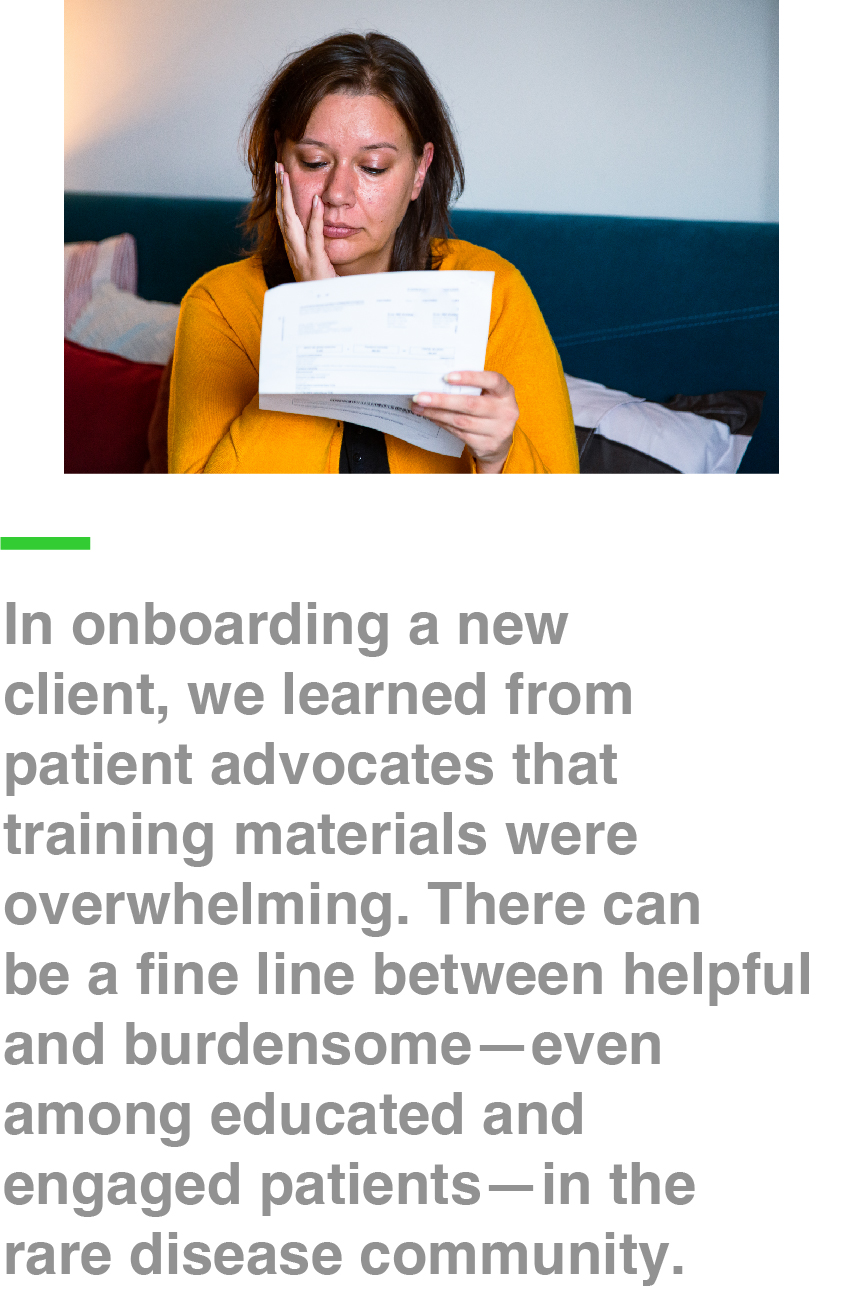
The information Bermuda Triangle
Surrounded by the disparate and often conflicting outlets of information, the patient takes on the daunting role of both student and teacher. This “Bermuda Triangle” of data—between research papers, clinical trial sponsors, and advocacy groups—can overwhelm as much as it can enlighten. It’s imperative that marketers strive to alleviate this burden, guiding patients towards credible understanding.
Community as compass
Amidst the turmoil, the patient community stands as a beacon of hope and a vital compass. Social media and support groups are the modern-day agora where stories are shared and solidarity paves the way for collective insight. Here, the role of marketers is not just to broadcast but to facilitate these dynamic exchanges, supporting the community as it grows and augments its intelligence.
The diagnostic odyssey
In the labyrinthine process leading to diagnosis, a rare disease patient may meander between four to seven years on average, often being misdiagnosed. This isolating path not only deeply impacts the patient’s health but also their sense of agency and hope.

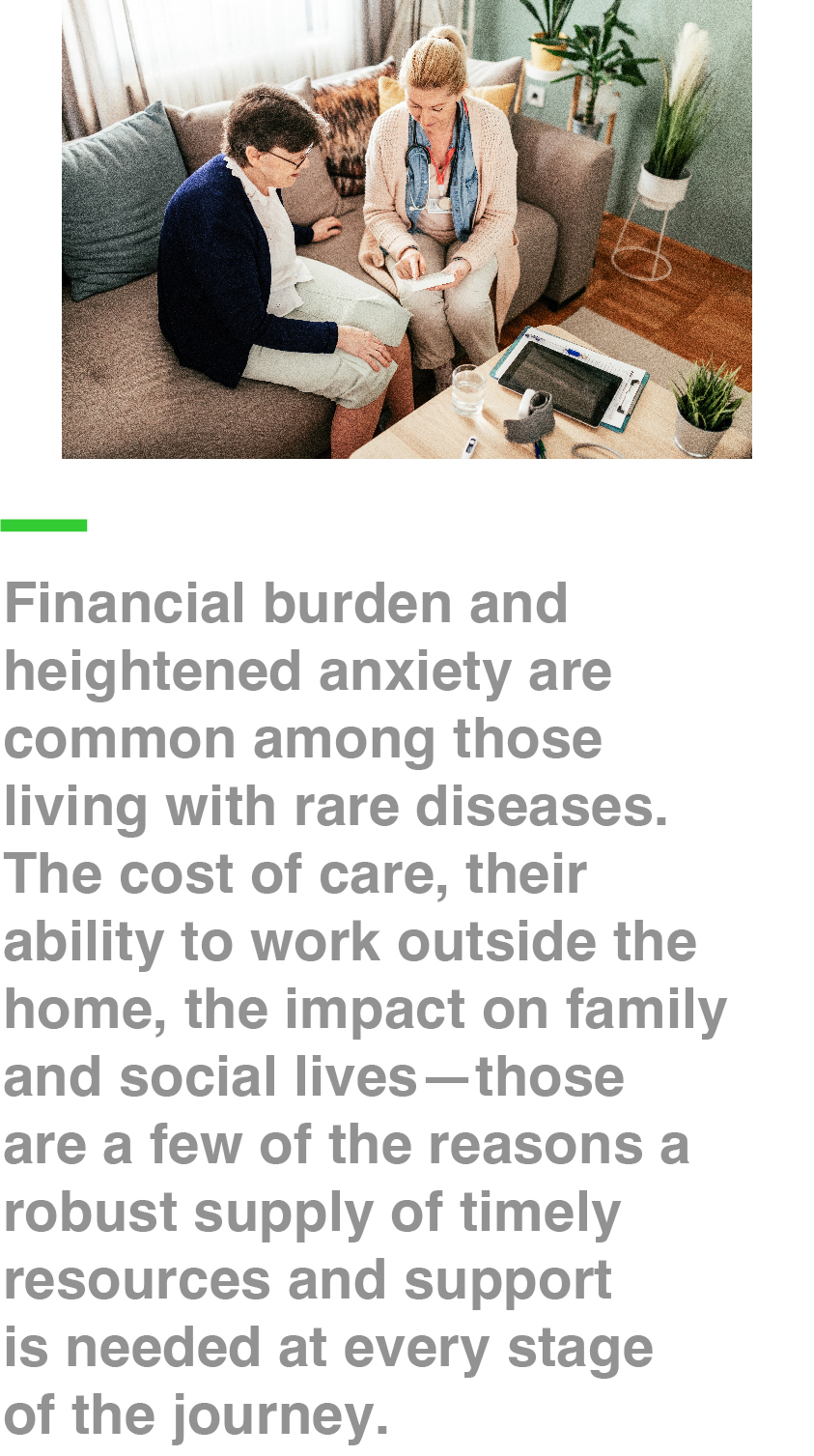
The waiting game
The interminable wait for a diagnosis is a period fraught with anxiety and dwindling hope. The challenge here is to bridge this diagnostic gap, reaching out to patients at every stage of their diagnostic odyssey, so that when the answer finally arrives, they are abreast with the latest information and primed for action.
Misdirection and misdiagnosis
Misdiagnosis can be one of the most disheartening aspects for a rare disease patient. Often, they’re led astray from the true cause of their ailment, subjected to treatments that don’t address the core problem. As brand marketing professionals, the onus lies on us to align resources and messaging to this greater picture, ensuring that in the midst of the mission to reach many, the individual patient is not lost.
The influential web of advocacy
Advocacy organizations and the network of allied supporters bear immeasurable influence in the world of rare diseases. They are the intermediaries, the social catalysts, and the crusaders of the rare disease ecosystem.

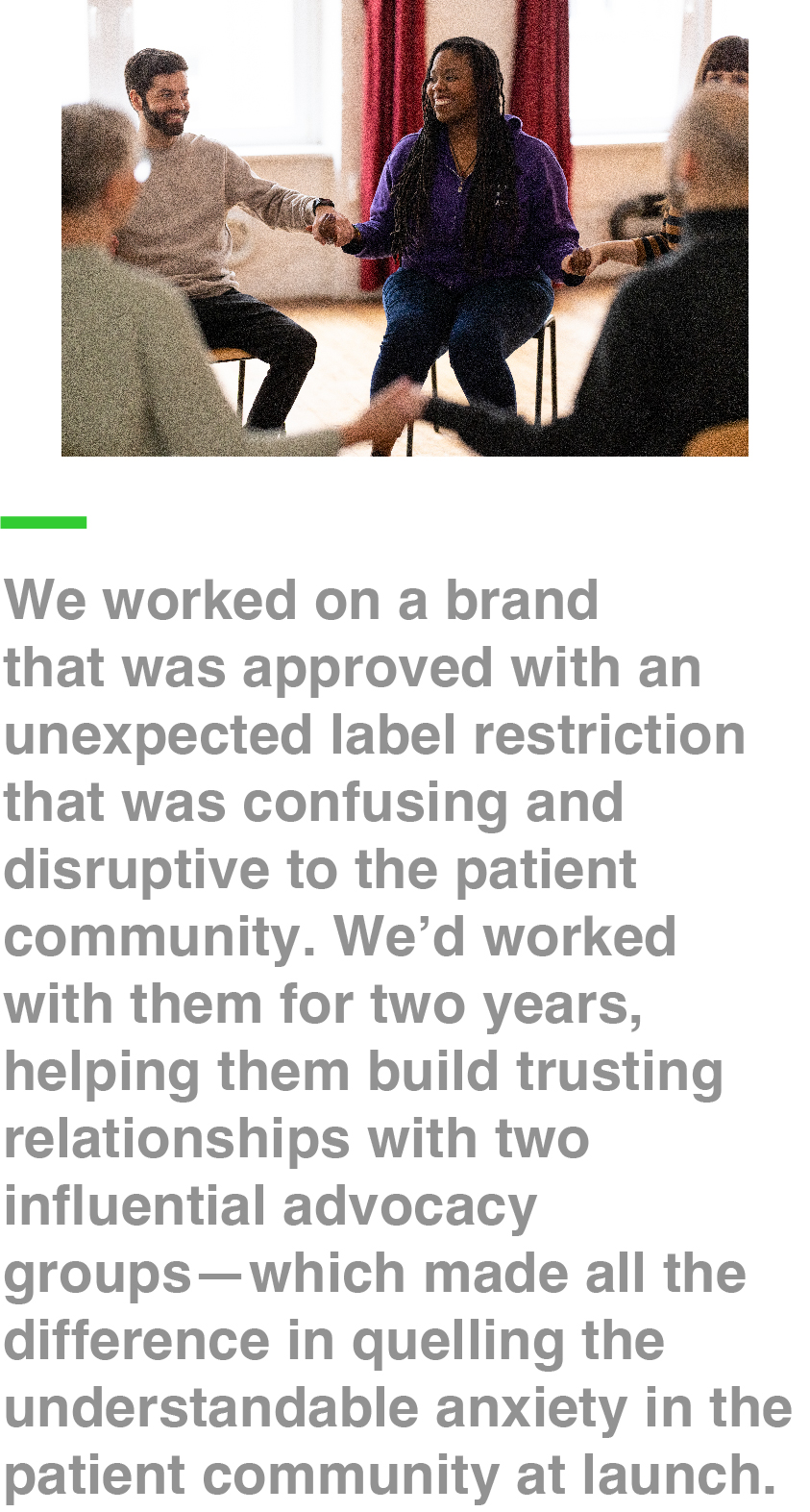
A multiplier effect
Advocacy networks have a multiplying effect on the patient experience. They distill complex medical findings into narratives of hope, resilience, and possibility, transcending mere educational support into the realm of tangible inspiration. For marketers, these organizations represent not just an influential conduit to patients, but a tapestry of trust that must be woven into the brand’s narrative.
A seat at the summit
In the collaborative quest to support rare disease patients, brand marketers must secure and maintain a seat at the advocacy summit. Engaging with these organizations is not just a PR opportunity; it is a strategic imperative. It’s about contributing to the collective agenda, amplifying the patient’s voice, and fostering a partnership that extends beyond marketing campaigns to become a joint mission.
A call to action
This is not a conventional marketing challenge. It’s a profound human endeavor to bring light to a world often consigned to the shadows by the denominator of rare. In undertaking this rewarding mission, a delicate balance of clinical precision and human empathy is required. We, the marketers, are tasked with not just promoting the brand narrative, but with promoting hope for the thousands who find themselves in the labyrinth of rare diseases.
We’d love to apply our expertise and passion to help your brand reach, educate, and engage people living with rare conditions. Reach out to start a conversation!


